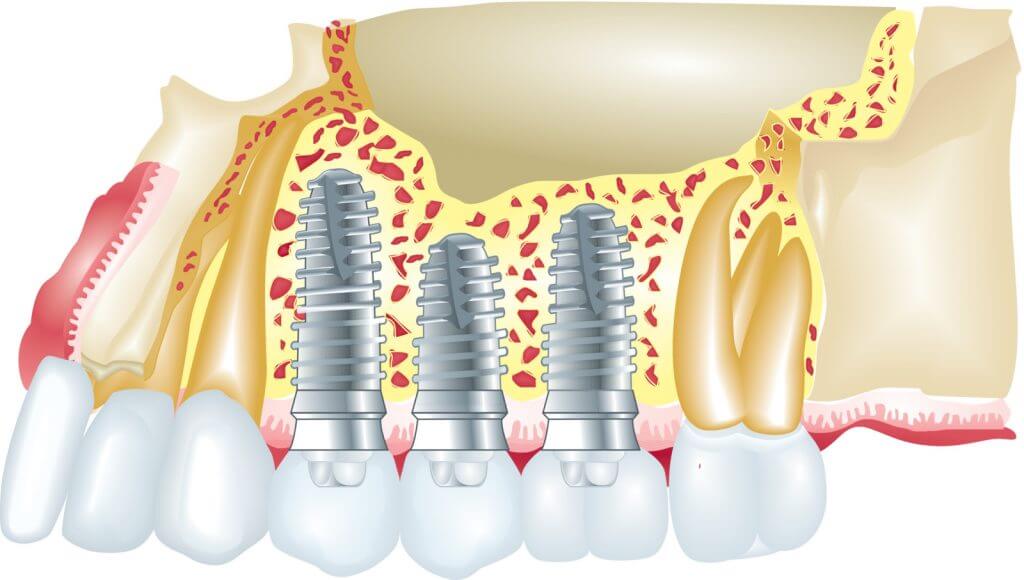With the modern era and lifestyle, people tend to repeat bad health habits, and this can result in loss of teeth in a short period of time. However, with improved technology and science, individuals can fulfill their goals for a healthier lifestyle without jeopardizing their oral health. In part, this is due to technological advancements in dental implants.
Table of Contents
What Are Dental Implants and Why Are they Beneficial?
Dental implants are commonly used in dental surgery for the restoration of lost teeth, and every dentist has the challenge of maintaining the aesthetic outcome that is achieved in this process. In the initial stages, implants design and bone structure are analyzed to identify the type of treatment, such as dental Implant Nanotechnology.
Read more; Why you should consider the all-on-4 dental implants
The surface of the teeth plays a very important role in the implant process. Additionally, nano-sized texture biologics can play a vital role in the interaction between teeth and implants. This may also aid in the transportation of proteins from the mouth to the blood stream. Therefore, modifying the surface of the nanotechnology may help to enhance the implant process and improve the overall clinical performance. Some of the methods like ionic implantation, grit blasting, and chemical grafting are considered as the most effective to modify the surface texture.
Blood vessels are injured at the time of surgery, due to direct interaction between implant materials and oral cavity components. Luckily, we have a self-healing mechanism within our bodies that help active platelets in the oral surface to fuse, which is then responsible for what we know today as blood clotting. Consecutively, cells in the oral cavity begin to interact with the surface which begins the tissue healing process.
Read more: Cosmetic Dentistry Technology for Smile Improvement
There are other methods and concepts highlighted below to the implant process.
Different Types of Techniques Used in Dental Implant Production:
FiniteElementAnalysis (FEA):
FEA or Finite Element Analysis represents engineering analysis which focuses on the characteristics of a prosthetic dental implant. Particularly where it relates to the stress levels of three-dimensional prosthetics. In many cases, this is based on thread level designs, 4 to be exact. Starting with Buttress Thread, Reverse Buttress Thread, Trapezoidal Thread and a New Design. You can learn more about this in the following abstract by the NCBI.
Computer Aided Design and Computer Aided Manufacturing:
With CAD CAM technology, dentition of the patient’s oral structure is fed into the system and helps dentist suggest a design and can allow dentists to select an appropriate recommended design. Once the design is finalized, implant is milled over the surface using milling machine. Allowing a dentist to minimize the length of time and workload associated with a particular implant procedure.
Read more: Cosmetic Surgery – Are You a Good Candidate?
Electron Microscopy:
By this technique a dentist can visualize the osseointegration extension between the implant and bone. It can also help them to increase the quality of the implant without making use of any sample preparation.
Implant Nanotechnology:
In this method, several nano materials are developed to improve the implant process and the osseointegration process. It is also used as the implant material in the process.
Glass Fiber Reinforced Implants:
Manufacturers make use of glass fiber as the implant material and this helps in providing enough strength and rigidity to the surface.
Read more: Signs of Alcohol Addiction; Accepting Your Alcoholism and Getting Help
Advantages of Dental Implants:
- It helps in maintaining current or improving physical appearance while maintaining a healthy smile.
- Improved speech and reduction of any denture movement within your mouth due to poor teething or fitting.
- Increases comfort level while eliminating any kind of discomfort by the patient during the early stages.
- Ability to eat with comfort and ease. Poor fitting teeth makes the chewing process difficult which is eliminated by this procedure.
- It helps in maintaining improved oral health without affecting other surrounding teeth.
- Very durable and the life span of an implant is 15-30 years plus, with proper maintenance.
- It is a more convenient process when removing the tooth at any point in time.
- Increased confidence the minute you step out of the dental office.

